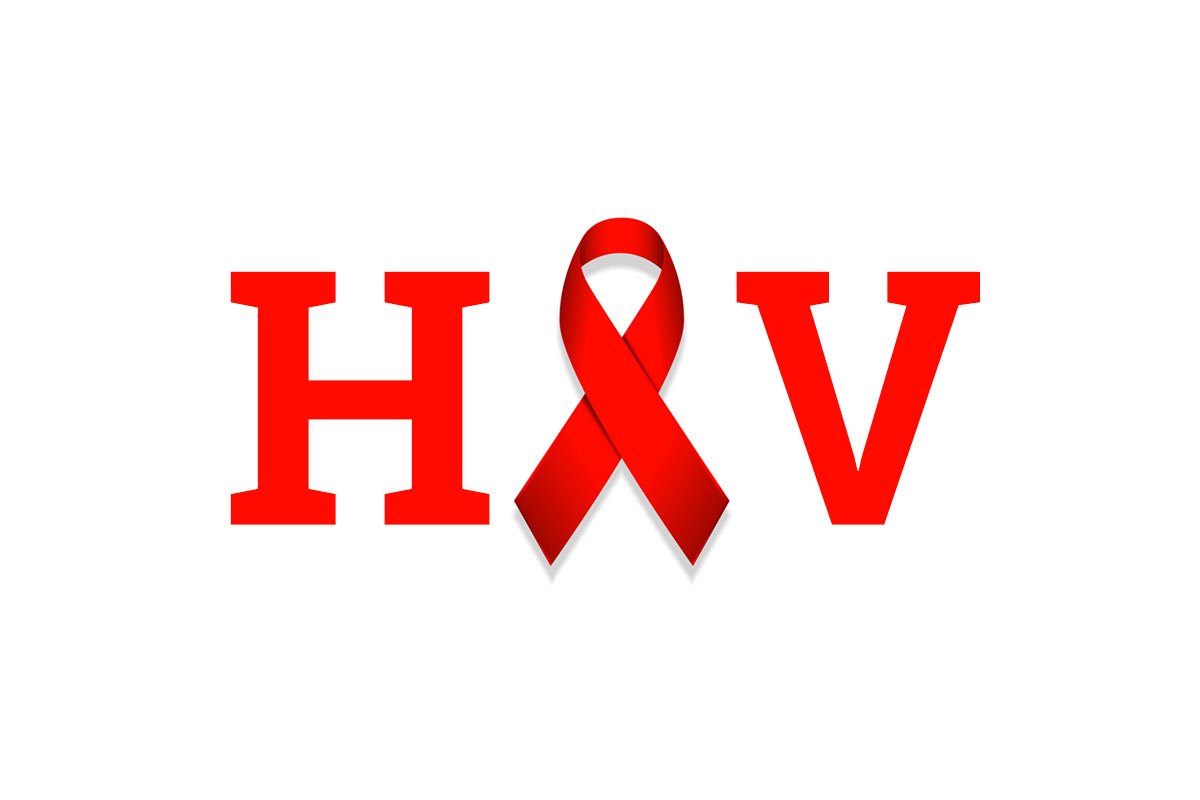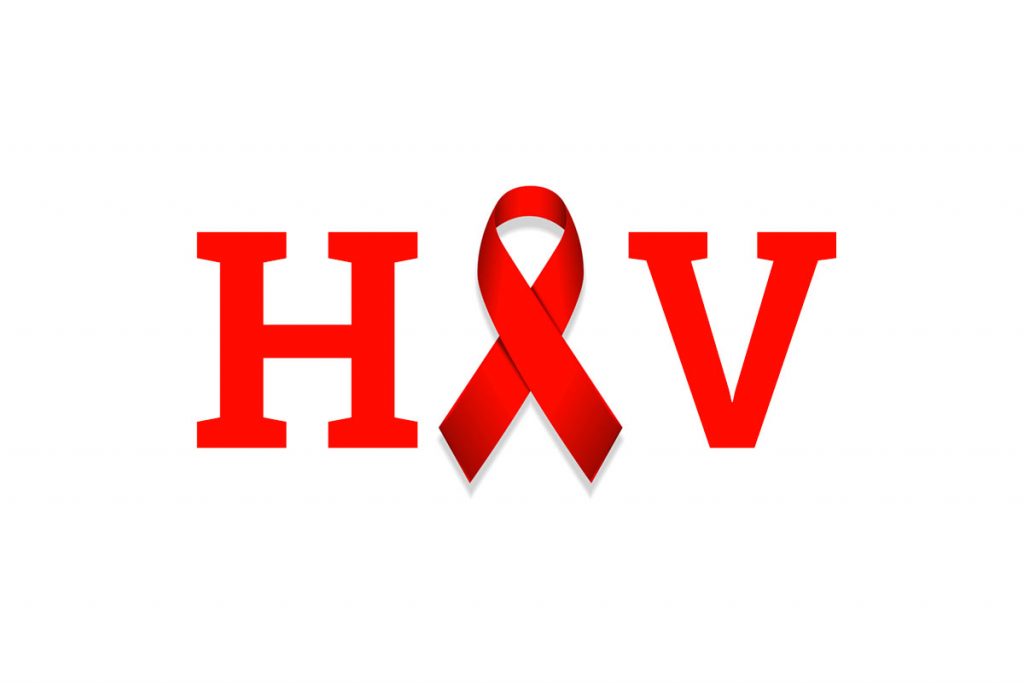The Akwa Ibom government has attributed the high rate of HIV/AIDS in the state to the influx of visitors.
The Nigerian HIV/AIDS Indicator and Impact Survey (NAIIS) shows that Akwa Ibom has the highest prevalence rate of HIV in the country.
About 5.5 per cent of the people living with HIV in Nigeria are in Akwa Ibom State, followed by Benue State, which has about 5.3 per cent prevalence rate, according to the findings of the survey released on March 14, in Abuja.
Few days after the release of the NAIIS survey findings, the health commissioner in Akwa Ibom, Dominic Ukpong, briefed reporters in Uyo on the state government reaction to the survey findings.
The text of the press briefing has just been made available to PREMIUM TIMES.
“The location of the state with a large coastal front of 129 Km stretching from Ikot Abasi to Oron, an airport, good road network, peaceful atmosphere, friendly disposition of our people, good cuisines and fast developing economy have made our state the destination of choice for both national and international visitors,” Mr Ukpong, a medical doctor, told reporters.
“All these are not without attendant public health consequences, like transmission of communicable diseases which HIV/AIDS cannot be excluded.”
Mr Ukpong said the state government and its health partners, with funding from USAID, carried out a similar survey – Akwa Ibom AIDS Indicator Survey (AKAIS) – in 2017.
“The result as disseminated in November 2017 showed a prevalence of 4.8% for the age group 15 to 69 years.
“Statistically this two results 5.5% (2018) and 4.8% (2017) for NAIIS and AKAIS respectively are within the same 95% confidence interval ranging from 4.7 to 6.3 percent.
“Therefore the results scientifically similar despite the little change in figures. The slight difference between the NAIIS and AKAIS prevalence can be attributed to the sample population size, about 16,000 in AKAIS 2017 and about 8000 in NAIIS 2018, making AKAIS sample size twice the size in NAIIS, making AKAIS result more precise,” Mr Ukpong said.

The health commissioner said the HIV prevalence in the state was on the decline.
“The last nationally accepted HIV survey, prior to the NAIIS survey in 2018 was the ANC SENTINEL study in 2014 and the National prevalence was 3%, while Akwa Ibom State prevalence was 10.8%.
“Arguably as it is being reported that the national prevalence has dropped from 3% (2014) to 1.4% (2018), similarly that of Akwa Ibom State has dropped from 10.8% (2014) to 5.5% (2018),” the commissioner said.
He said the state governor, Udom Emmanuel, is committed to the health and wellbeing of the people.
The commissioner listed out immediate measures to curb the spread of HIV/AIDS in the state as follows:
* Increasing access to HIV testing services, by providing enough rapid test kits whereby all primary health centres and secondary health facilities in the state will be able to provide free HIV testing services to its citizens.
* The State Primary Health Care Development Board, inaugurated by the Executive Governor recently, is working hard to kick-start its activities, which includes management of our primary health centres. This will impact positively on the service delivery in these health facilities.
* Embarking on state-wide community outreaches and enlightenment campaigns to create demand for the uptake of HIV services. (I, therefore, appeal to the media to be partners in this project by incorporating jingles, news promo, and talk shows and media chats on HIV at no cost, to support the fight against the transmission of the virus.)
* Strategising for effective intervention among drivers of new infections namely young adult females and members of the key population, by designing interventions that are gender and youth-friendly.
Among the long term measures, the commissioner said the government would push for legislation in the state that would protect people living with HIV and also end stigmatization and discrimination.

